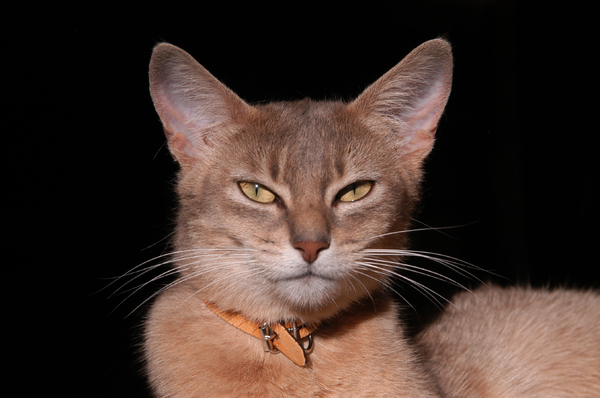
Cat litter and litter boxes play a critical role in the lives of both cats and their owners. From the modest beginnings of sand and soil to the innovative developments these days, the world of cat litter has actually progressed significantly. In this extensive guide, we dig into every element of cat litter and litter boxes, exploring their history, types, advantages, obstacles, and whatever in between.
The history of cat litter go back centuries, with ancient civilizations utilizing sand, soil, and even ashes as primitive litter products. Nevertheless, it wasn't till the mid-20th century that modern-day cat litter as we understand it emerged. In 1947, Edward copyright presented the world's very first business cat litter made from absorbent clay, revolutionizing the method felines relieved themselves inside. Ever since, cat litter has actually gone through many improvements, with the intro of clumping litter, silica gel litter, eco-friendly choices, and more.
Today, cat owners are spoiled for choice when it comes to picking the ideal litter for their feline buddies. Conventional clay litter remains popular for its cost and effectiveness in soaking up smells. Clumping litter, which forms solid clumps when wet, simplifies cleansing and upkeep. Silica gel litter, made up of highly absorbent silica crystals, offers superior smell control and durability. Naturally degradable options, such as recycled paper, wood pellets, corn, and wheat, appeal to ecologically mindful consumers.
Each type of cat litter offers special benefits. Clay litter excels in its ability to soak up moisture and control smells, making it a trustworthy option for many feline owners. Clumping litter streamlines everyday scooping and extends the time in between complete litter changes. Silica gel litter supplies remarkable odor control and can last longer in between replacements. Naturally degradable litters provide a sustainable option that lessens environmental impact.
While cat litter boosts indoor feline hygiene, it is not without its challenges. Dust from clay litter can present respiratory dangers for both cats and human beings, prompting the appeal of dust-free alternatives. Some felines may develop litter box hostility due to concerns with texture, scent, or tidiness, necessitating experimentation with various litters and box configurations. Multi-cat homes might require tactical litter box placement and regular maintenance to prevent territorial disputes and guarantee all felines have access to clean centers.
Selecting the proper litter box is essential for promoting favorable litter box habits and general feline Covered Litter Boxes wellness. Elements to think about include size, ease of access, and style preferences. Covered litter boxes supply privacy and aid include smells, but some felines may discover them restricting or intimidating. Open-top litter boxes use easy access and presence but may lead to more litter scatter. Automatic self-cleaning litter boxes streamline maintenance however need regular monitoring and maintenance.
Proper litter box maintenance is important for ensuring a clean and inviting environment for both felines and their owners. Daily scooping removes waste quickly, decreasing odor and dissuading litter box hostility. Routine litter replacement, normally every 1-2 weeks, prevents bacterial buildup and keeps optimal absorbency. Comprehensive cleansing with moderate detergent and water, avoiding severe chemicals that might deter cats from utilizing package, should be carried out monthly.
Cat litter and litter boxes play a central role cat litter scooper in cultivating cat litter a healthy and harmonious relationship between felines and their human buddies. With a varied array of litter choices and litter box styles readily available, feline owners have the flexibility to tailor their choices to fit their felines' choices and household needs. By understanding the development, types, advantages, and challenges of cat litter and litter boxes, pet owners can offer their feline pals with a comfy and sanitary indoor environment.
Comments on “The Significance of Litter Box Health for Feline Health”